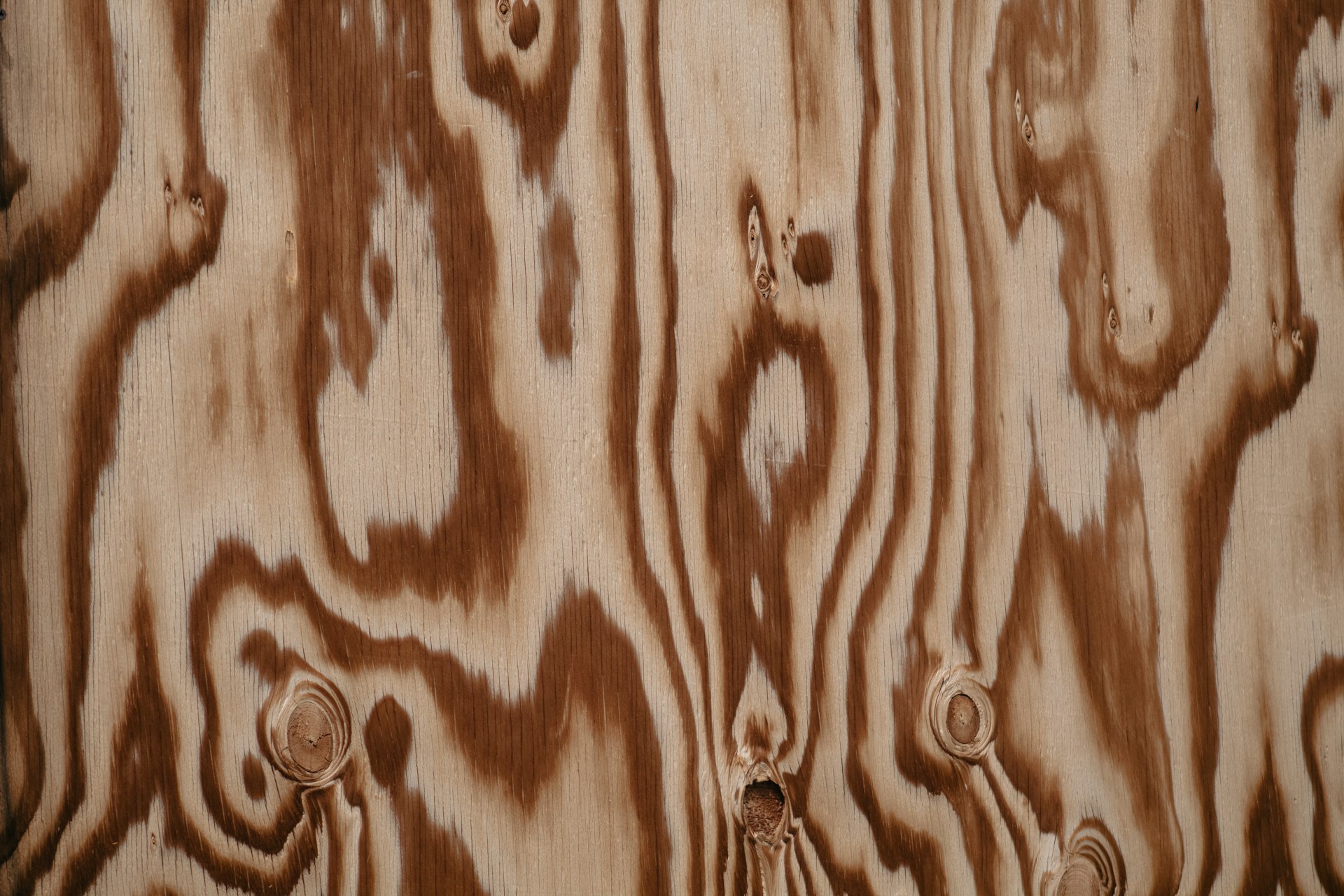Wood finishing can seem daunting, but it's the key to transforming a good woodworking project into a great one [6][7]. A well-applied finish protects the wood, enhances its beauty, and ensures its longevity [6][7]. This VN Workshop guide will walk you through the basics of wood finishing, helping you achieve a professional look on your projects.
Why Finish Wood?
- Protection: A finish seals the wood, preventing moisture absorption, dirt, and stains [7][8].
- Enhancement: Finishes bring out the wood's natural grain and add color and sheen [7][9].
- Longevity: A good finish protects the wood from wear and tear, extending its life [6][7].
The Basic Steps of Wood Finishing
1. Preparation: Sanding is Key
Sanding is arguably the most important step [7][8]. It removes imperfections and creates a smooth surface for the finish.
- Start with a coarse grit sandpaper (80-100 grit) to remove any flaws [8].
- Progress to finer grits (120, 150, 180, and even finer) to smooth the surface [8][9].
- Always sand with the grain [8][9].
- Wipe the surface with a tack cloth to remove dust [7][8].
3. Applying the Finish
There are many types of wood finishes, but here are a couple of good choices for beginners [8][9]:
- Oil-Based Polyurethane: Durable, water-resistant, and available in various sheens (gloss, semi-gloss, satin, matte) [7][8]. Apply with a brush, rag, or sprayer [7].
- Wiping Varnish: An oil-based varnish thinned with paint thinner [8]. Easy to apply with a rag.
Application Tips
- Apply thin, even coats [8].
- Let each coat dry completely before applying the next [7][8].
- Lightly sand between coats with fine-grit sandpaper (320 grit) to remove imperfections [7][8].
- Dispose of oily rags properly to prevent fire hazards [9].
With a little practice, you'll be achieving professional-looking wood finishes in no time!
